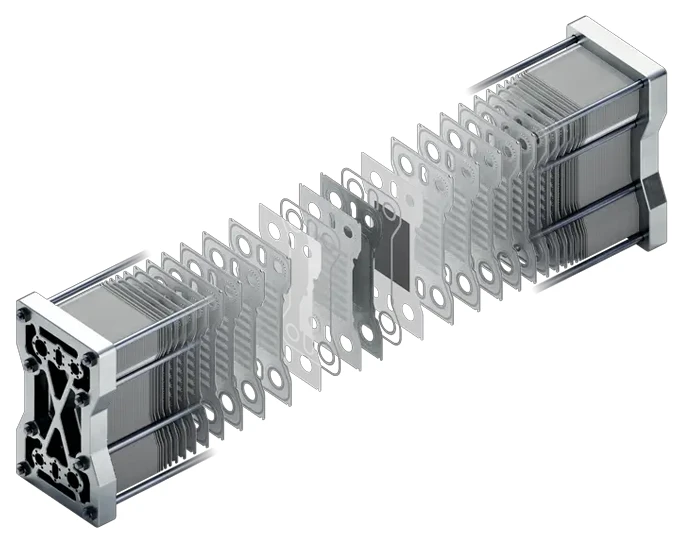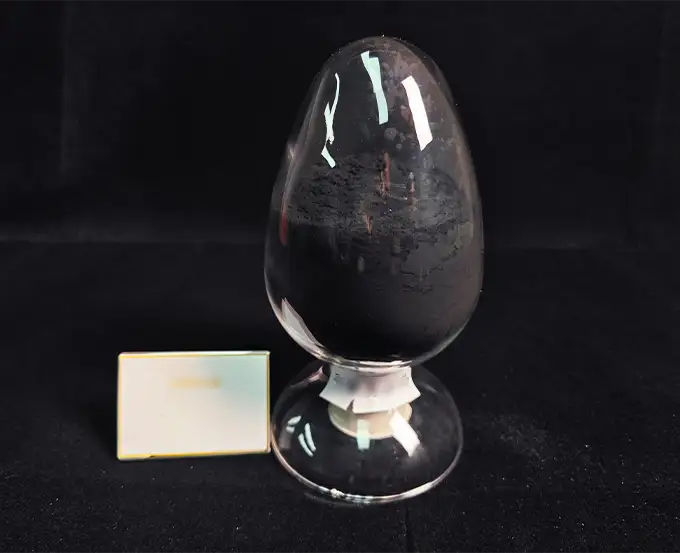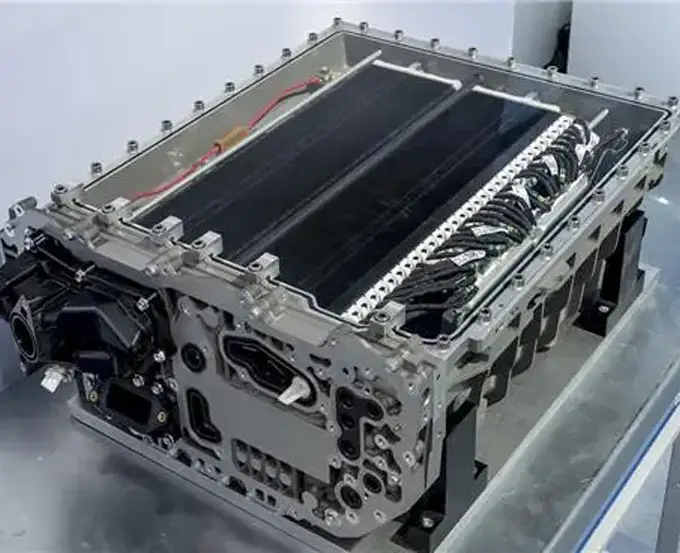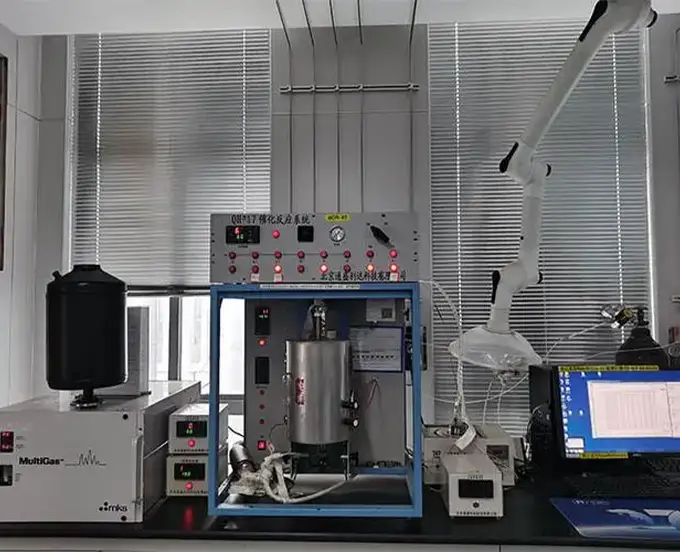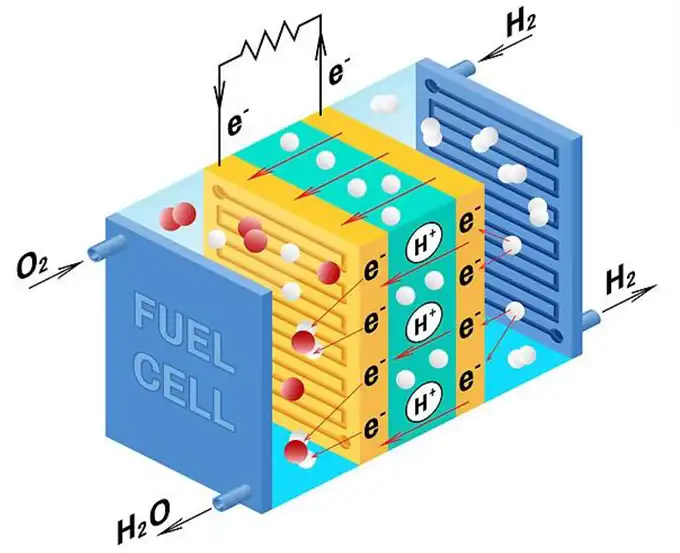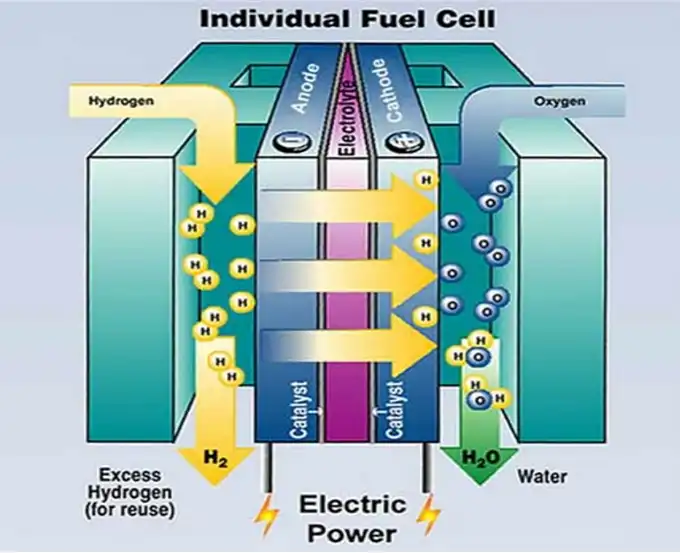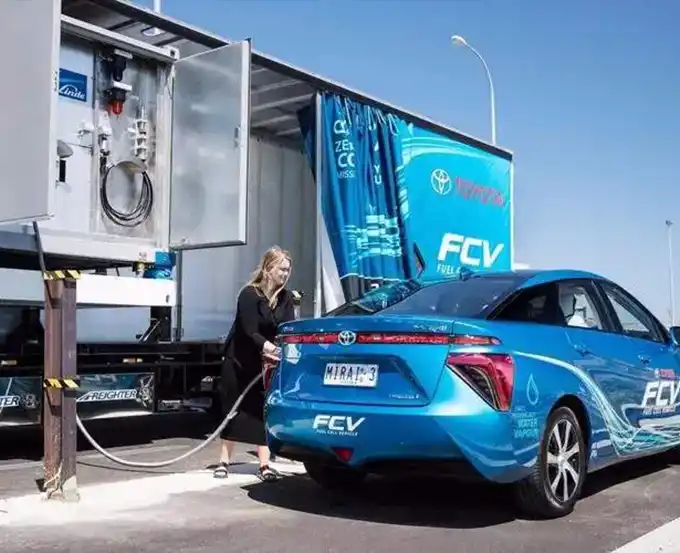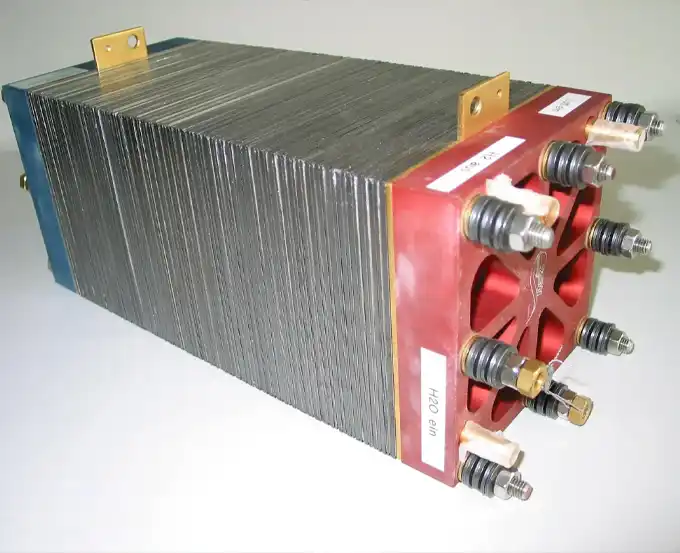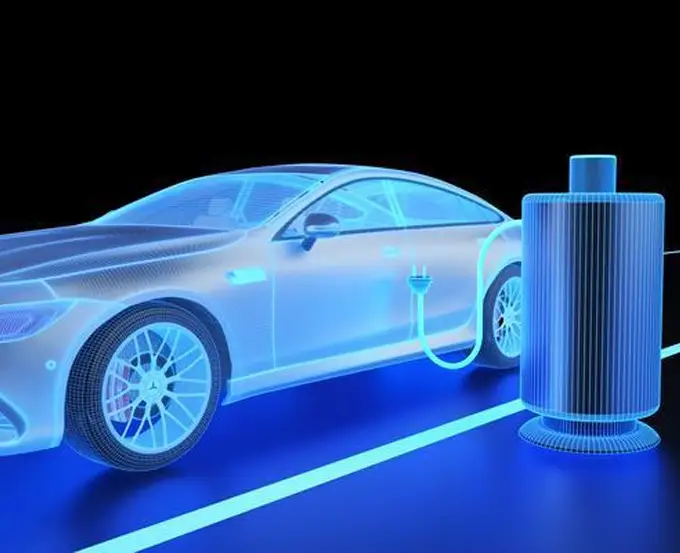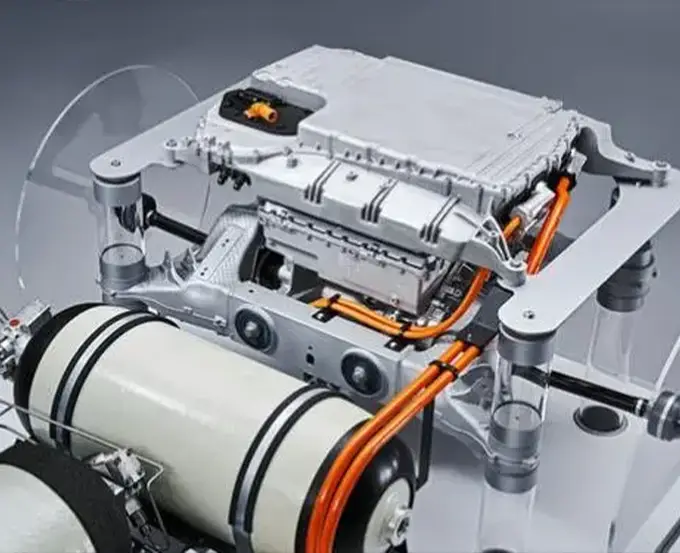The Most Cost-Effective Processing Techniques for Bipolar Plates: Diffusion Welding and Photochemical Etching Technology
Metal bipolar plates manufactured using photochemical etching processes, followed by diffusion welding, offer several advantages. Firstly, the photochemical etching process can create highly complex bipolar plate channels on the metal surface while ensuring a high degree of precision. Additionally, photochemical etching has minimal impact on the metal material, avoiding the stress and deformation that might […]

